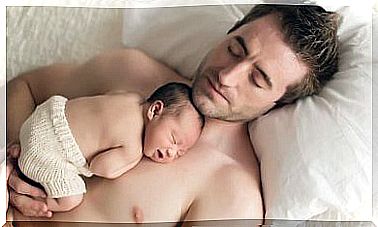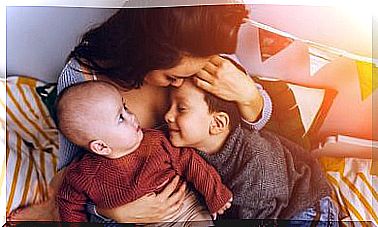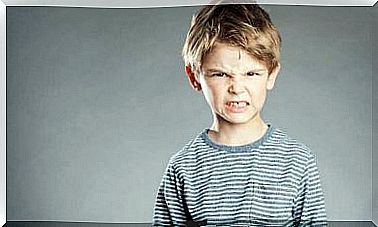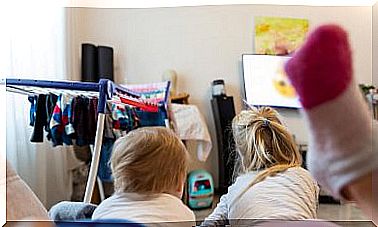What Your Child’s Drawings Say
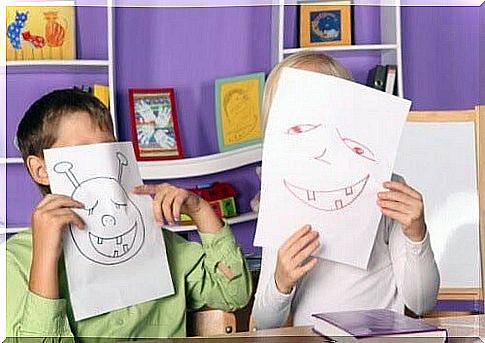
All children like to draw, but you will surely wonder what their drawings mean. Understanding that drawings are a communication channel in which children express their feelings and emotions, in this post we give you some guidelines so that you can interpret them.
Through them, our children manifest their inner world, it is there where their feelings, emotions, desires and fears are part of the content. Looking at your child’s drawings can help you know how he feels with respect to a particular environment, such as your school , family and friends.
It is important to learn to decipher its meaning in order to get to know our little boy better and help him in a timely manner, if necessary in a particular situation. Interpreting your child’s drawings is not simply evaluating the aesthetics of the drawing, It involves recognizing and interpreting certain elements, such as the size of the characters in the drawing, the shape and intensity of the line, and the situation or theme of the drawing.
Children’s drawings help us to learn a little more about their personality. Each child has a special way of drawing their pictures , of taking the pencil, of occupying the space on the page and of the characters that he captures in his expressions.
How to interpret your little one’s drawings?
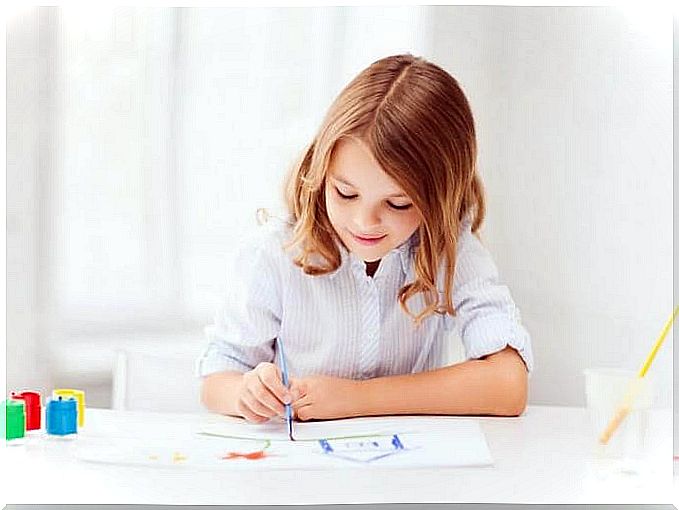
Interpreting your little one’s drawings is not as complicated as it seems. There are some keys that can guide you about what the drawing says, you just have to take into account the following aspects to achieve it:
- Drawing theme. Paying attention to the subject of your little one’s drawing can show you how he feels about a situation. For example, a drawing of a tree can tell you the relationship of your child’s affections with his outside world or a drawing of the family which expresses the relationship with each of the family members.
- The strokes. L The pressure of the child on the sheet is an indicator of his temperament, the firm and continuous lines indicate that he is confident in himself , enthusiasm, will and tranquility. On the other hand, shaky or very straight and intense strokes show that the child is not very tolerant and aggressive.
- Size. Children who draw small figures often express that they have little space to express themselves and little self-esteem. If the little one draws pictures with large shapes, it shows confidence.
- Position of the figures. It is one of the most important elements of children’s drawing, what you draw at the top means that it is related to the intellect, imagination and the desire to discover new things. The lower part informs about the physical and material needs of the child.
- Colors. The psychology of colors tells us a lot about the emotions of the little ones. If warm colors, such as red, orange, yellow are present in the drawing, it means that your little one is outgoing, cheerful and enthusiastic. L Cold or dull colors, such as blue, green, or black reflect anxious behavior, expressing fear, or concern.
Recommendations before interpreting your little one’s drawings
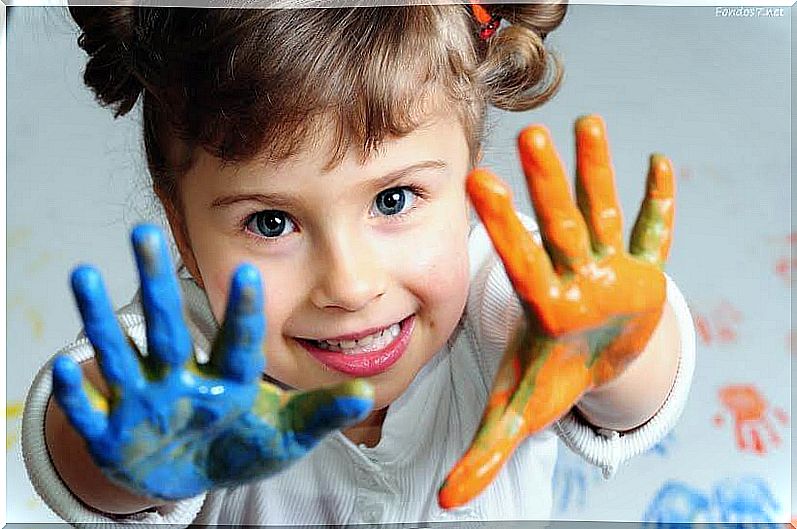
Parents should keep in mind that their children’s drawings are a tool to orient themselves with respect to their feelings and emotions. They are not to determine their personality, for this it is necessary to request the help of a psychologist who professionally evaluates the child.
It is not appropriate to be obsessed with the drawings and the interpretations that you can observe in each of them , remember that through them we detect possible fears, anxieties, feelings and desires of an experience that you are living .
If you are concerned about a drawing, it is best to speak with the child with great affection and understanding to really know what is happening. The important thing is to know how your child is feeling so that you can help him overcome any problem he is in.
The best way to understand him is to sit down with him and lovingly ask him for a free drawing, so that you can see what he draws and how it feels to do so. Once i finish it, Talk to your little one and ask him what each of the elements means to him and how he felt doing it .
Parents do the beautiful job of guiding their little ones, and there is no better way to do it than to be aware of every detail of their life to help and guide them.


